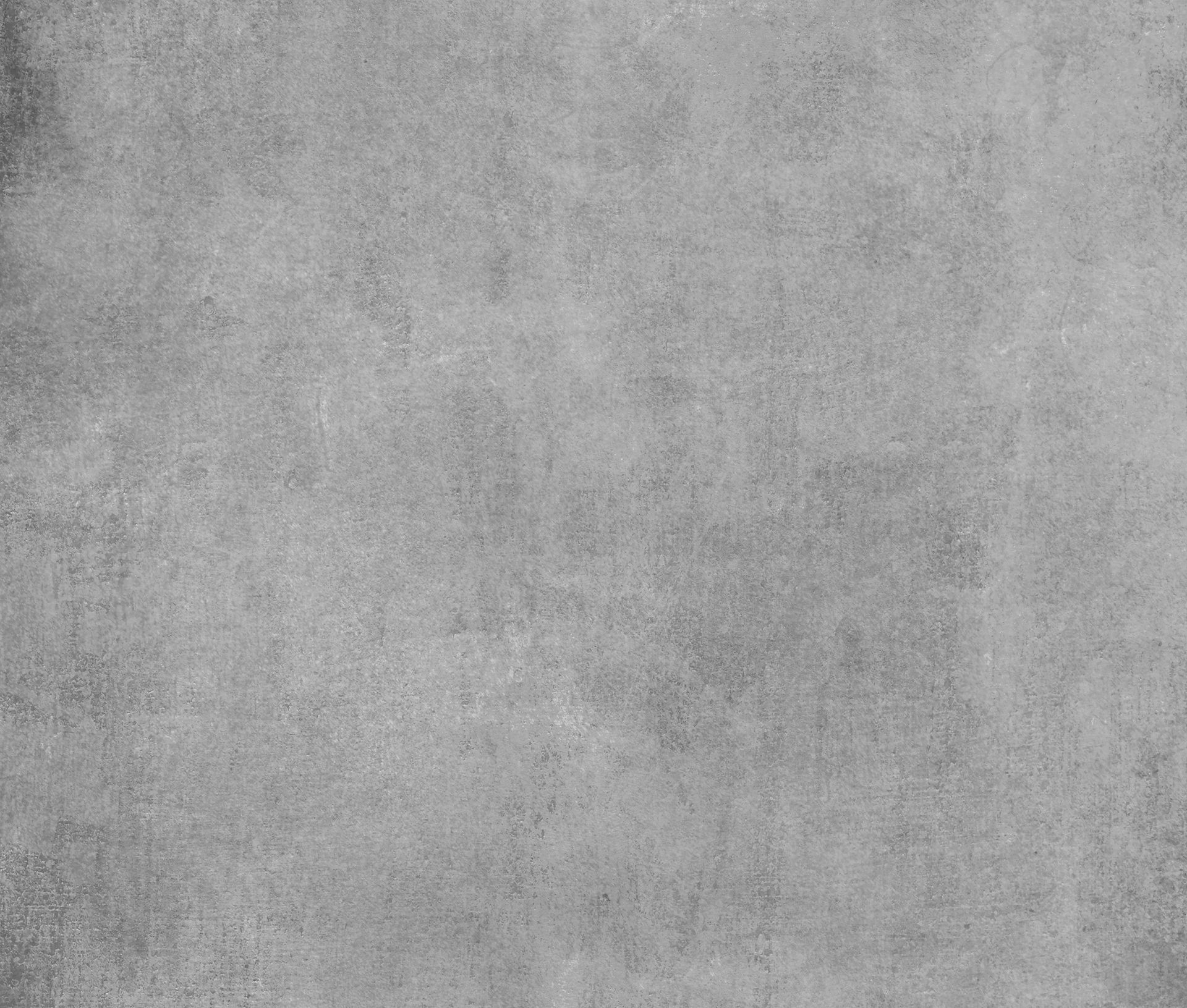



Learning this module is based on thinking about 2D and 3D. We were asked to create a 3D ‘Mario World’ in the axonometric projection, using hand-painted technology and vector-based representation technology to construct the axonometric projection based on two 2D Mario World elevations. In the learning process of this module, the most challenging is the process of building a 3D world through a plane. We need to pay attention to the occlusion relationship between the front and back of the 3D world and understand that the location of objects in the plan is not necessarily at the same distance.
Mario World is a test of creativity and personal thinking ability from 2D to 3D. The two pictures I assigned were a desert landscape with cactus and sand walls. In this picture, I choose six more distinctive building blocks. The world I create is a three-story building based on the restoration of a two-dimensional plane. In the process of learning, we understand that axonometric projection has infinite depth. I create space up and down. The whole world takes the huge cactus in the middle as the axis and develops up and down. Basically, I want to create a landscape of a desert park. The appearance of white note squares makes the whole world more flexible. They are interlaced with wooden squares. In the colouring section, I set the light source at the top right at 45 degrees. Therefore, when colouring, pay special attention to the colour gradient in the direction of 45 degrees.